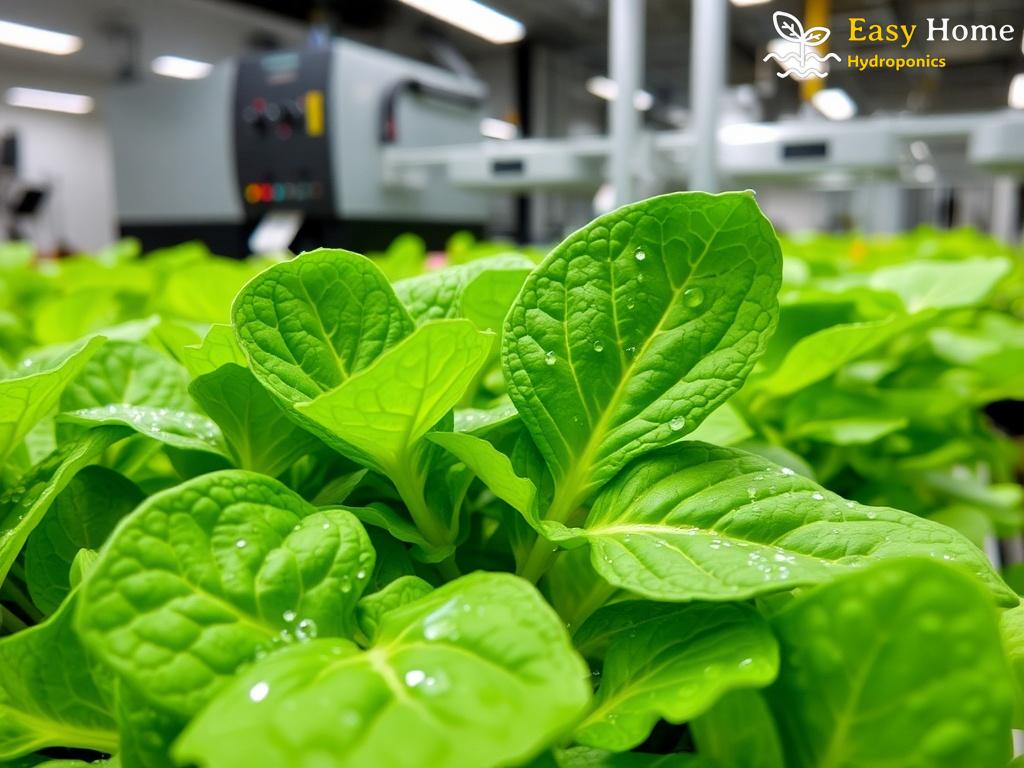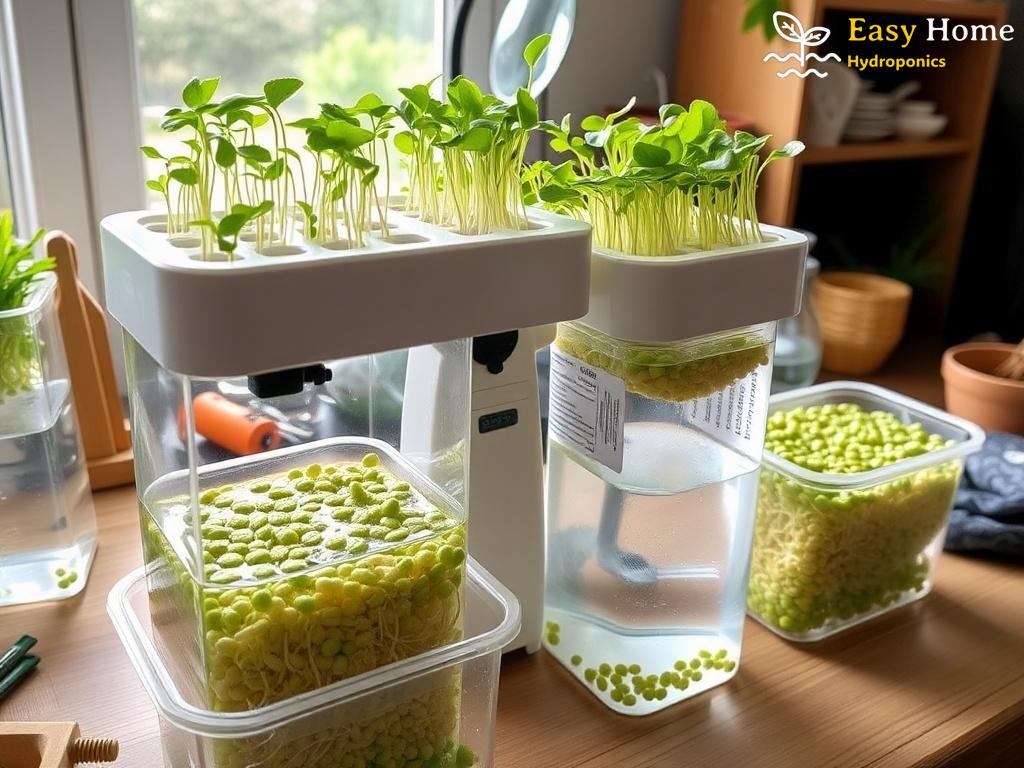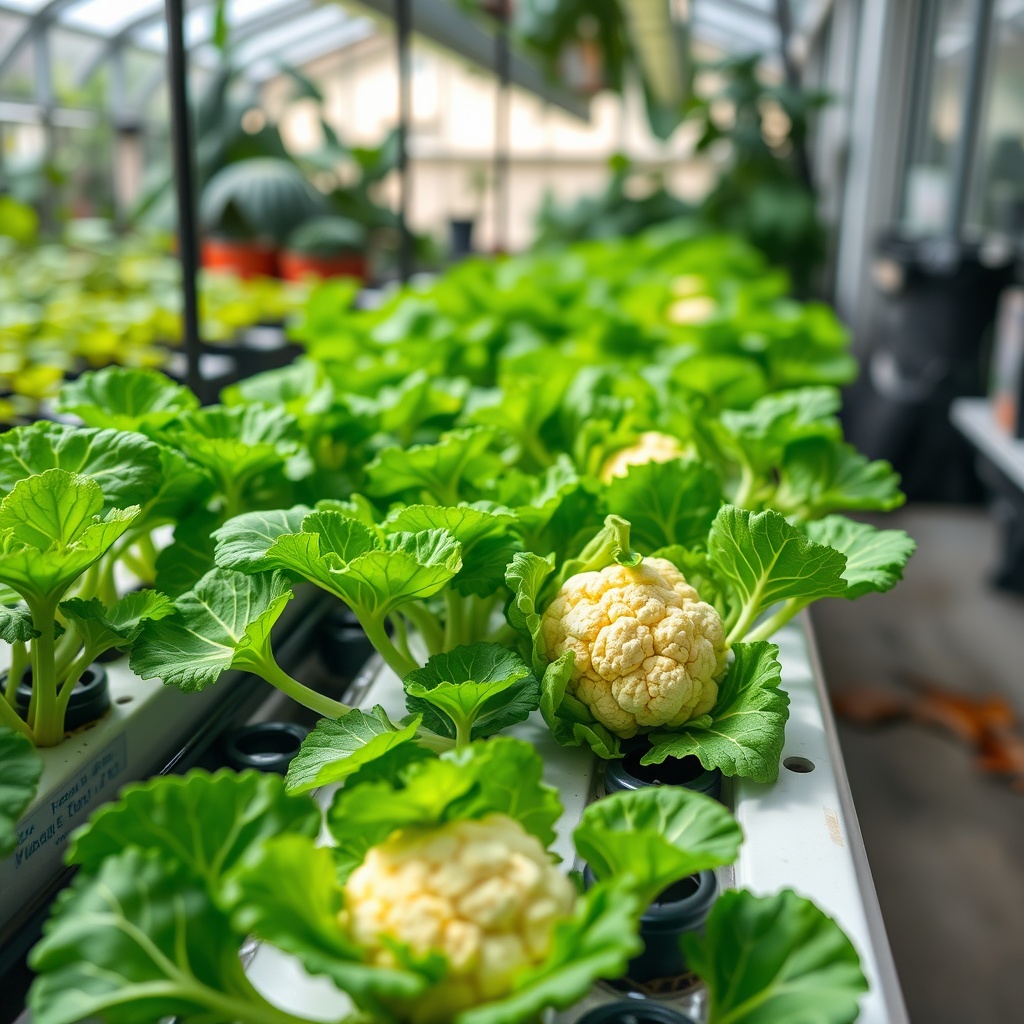Lamb’s Quarters: Nutritional Powerhouse of the Wild
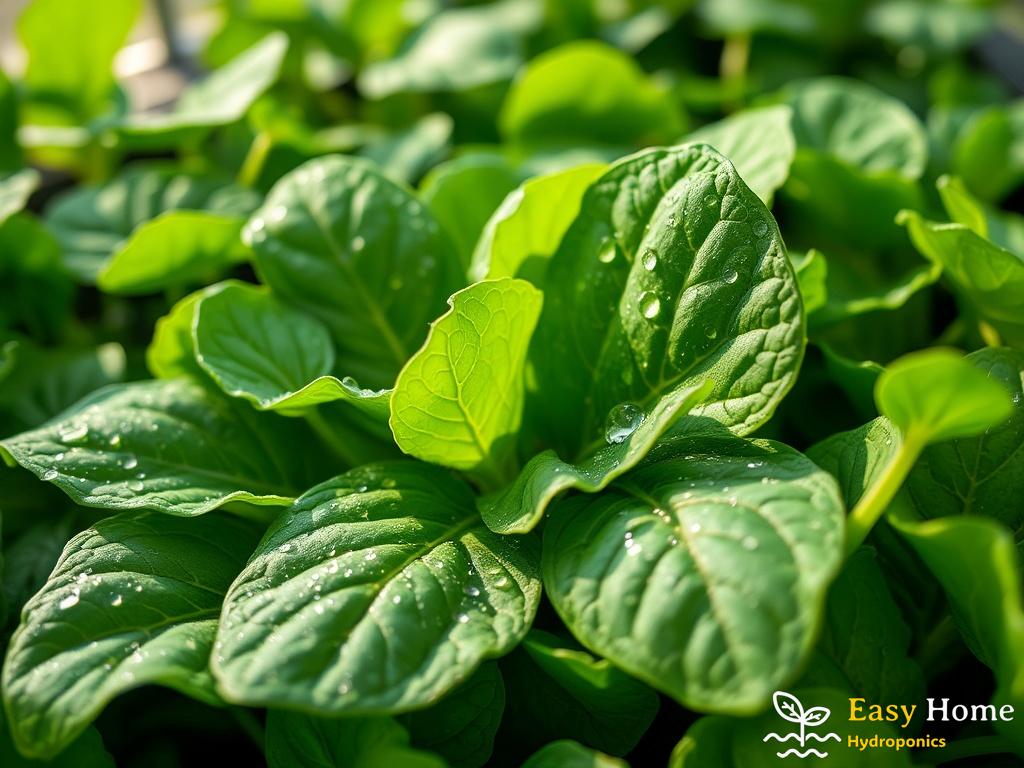
Often overlooked in the world of superfoods, Lamb’s Quarters (Chenopodium album) is a wild green that packs a mighty nutritional punch. This humble plant, often found in gardens and fields, has been a staple for foragers and health enthusiasts alike. With a taste reminiscent of spinach and a versatility that lends itself to a myriad of dishes, Lamb’s Quarters is making a comeback in modern kitchens.
What sets Lamb’s Quarters apart is its impressive nutrient profile. Rich in vitamins A, C, and K, as well as essential minerals like calcium, iron, and magnesium, this leafy green is a powerhouse of health benefits. When cultivated in controlled hydroponic environments, the nutrient density can be further enhanced, making it an ideal candidate for sustainable urban farming.
| Nutrient | Amount per 100g | Daily Value (%) |
|---|---|---|
| Vitamin A | 10,000 IU | 200% |
| Vitamin C | 50 mg | 83% |
| Calcium | 150 mg | 15% |
| Iron | 2.5 mg | 14% |
| Magnesium | 70 mg | 17% |
This table illustrates just how remarkable Lamb’s Quarters is—providing more than 200% of your daily value of Vitamin A in just a 100-gram serving. The potential for enhancing these figures through hydroponic methods is an exciting prospect for health-conscious consumers.
Whether sautéed, added to salads, or blended into smoothies, Lamb’s Quarters can elevate your meals with its unique flavor profile. Its adaptability in various cuisines makes it an excellent choice for anyone looking to incorporate more greens into their diet. Here’s a quick list of delicious ways to enjoy this wild green:
- Fresh in salads with a zesty vinaigrette
- Sautéed with garlic and olive oil for a simple side dish
- Incorporated into soups and stews for added nutrition
- Blended into smoothies for a nutrient boost
- Used as a substitute for spinach in various recipes
Each preparation method showcases the versatility of Lamb’s Quarters, transforming this wild green into a gourmet experience.
Hydroponic Innovations: Cultivating Lamb’s Quarters Indoors
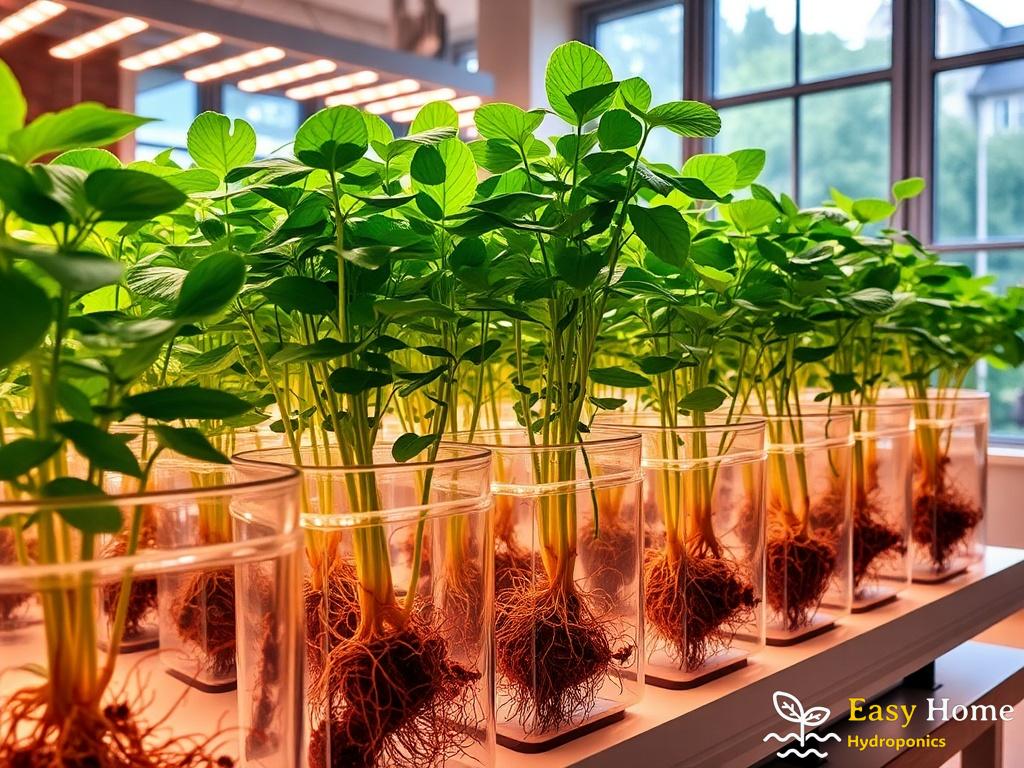
As the world increasingly turns towards sustainable and efficient food production methods, hydroponics emerges as a beacon of innovation. Among the myriad of crops that can thrive in these high-tech systems, Lamb’s Quarters stands out as a remarkable candidate. The art of growing this wild green indoors not only taps into its nutritional benefits but also showcases the potential for urban agriculture to flourish in limited spaces.
Hydroponic systems allow for the cultivation of Lamb’s Quarters in controlled environments where factors such as light, temperature, and nutrient levels can be meticulously managed. This precision agriculture not only leads to faster growth rates but also enhances the nutritional profile of the plants. Imagine lush patches of Lamb’s Quarters flourishing in a small apartment or a rooftop garden—urban dwellers can enjoy fresh greens year-round!
Choosing hydroponics for growing Lamb’s Quarters presents a myriad of advantages over traditional soil-based farming. Some notable benefits include:
- Space Efficiency: Hydroponic systems can be set up vertically, maximizing limited space in urban settings.
- Water Conservation: These systems use up to 90% less water than conventional farming methods, making them ideal for regions facing water scarcity.
- Pesticide Reduction: With controlled environments, the need for chemical pesticides diminishes, leading to cleaner, healthier produce.
- Year-Round Production: The ability to regulate growing conditions allows for continuous harvests, ensuring a steady supply of this nutritious green.
To harness the full potential of Lamb’s Quarters in hydroponic systems, growers are exploring various techniques. From nutrient film techniques (NFT) to aeroponics, each method offers unique advantages in terms of oxygenation and nutrient delivery. Moreover, employing LED grow lights tailored to the specific needs of Lamb’s Quarters can further enhance growth rates and nutrient content, making indoor cultivation not just feasible but highly rewarding.
From Foraging to Farming: The Journey of Lamb’s Quarters
The journey of Lamb’s Quarters from the wild to the controlled environments of hydroponics is a fascinating tale of adaptation and sustainability. This resilient green, once merely a wild edible, is rapidly gaining attention in urban agriculture, and for good reason. As we explore this transition, we uncover how foraging practices can seamlessly blend into modern farming techniques, allowing for a renaissance of this nutrient-rich green.
Rediscovering Heritage is a key aspect of the Lamb’s Quarters narrative. For centuries, this wild green has been a staple in the diets of various cultures due to its rich nutrient profile and culinary versatility. Traditionally foraged from fields and gardens, it has now found its way into the hearts of health enthusiasts and culinary innovators alike. This resurgence is not merely a trend; it reflects a growing appreciation for native plants and their potential to contribute to sustainable diets.
As urban populations continue to swell, the need for efficient food production becomes increasingly evident. Hydroponics presents a solution that allows individuals to cultivate Lamb’s Quarters within confined spaces, such as apartments and rooftops. This method not only ensures a steady supply of fresh greens but also reduces the carbon footprint associated with traditional farming and transportation. By harnessing the power of technology, growers can replicate the natural conditions optimal for Lamb’s Quarters, offering a fresh perspective on how we source our food.
From Forager to Farmer, the transition of Lamb’s Quarters symbolizes a broader movement towards embracing local and sustainable food systems. As urban dwellers take on the role of producers, they are not just cultivating a plant; they are nurturing a connection to their environment and heritage. This shift encourages a deeper understanding of food origins, fostering a sense of community and responsibility in food consumption.
The implications of this journey are profound. With the right tools and knowledge, anyone can grow Lamb’s Quarters hydroponically, thus bridging the gap between foraging and farming. As this wild green continues to thrive in controlled environments, it paves the way for a new era of food production that honors the past while innovating for a sustainable future.
Sustainable Practices: Growing Lamb’s Quarters in Hydroponics
As the quest for sustainable food production intensifies in response to environmental challenges, the cultivation of Lamb’s Quarters in hydroponic systems emerges as a beacon of hope. This innovative approach not only aligns with global sustainability goals but also offers a practical solution for urban dwellers eager to embrace healthier eating habits. By harnessing technology that mimics natural growing conditions, we can witness the revival of this nutrient-rich green in our modern diets.
When considering sustainable practices in food production, hydroponics stands out due to its minimal environmental impact. By growing Lamb’s Quarters in nutrient-rich water solutions instead of soil, farmers can significantly reduce the amount of water used—up to 90% less than traditional agriculture. This crucial advantage is particularly relevant in regions facing water scarcity. Moreover, the controlled environment of hydroponics minimizes the need for chemical pesticides, resulting in cleaner produce that not only benefits consumer health but also protects local ecosystems.
Furthermore, hydroponic systems can be tailored to maximize space efficiency. Vertical farming techniques allow urban gardeners to cultivate Lamb’s Quarters even in limited areas, such as balconies or rooftops, transforming concrete jungles into lush green spaces. The ability to grow food locally reduces carbon emissions associated with transportation, echoing the principles of sustainability and local sourcing.
One of the most compelling aspects of cultivating Lamb’s Quarters hydroponically is the potential for community empowerment. As more individuals learn how to grow this wild green at home, they foster a deeper connection to their food and the environment. Educational workshops and resources can help demystify the hydroponic process, making it accessible to everyone, regardless of their background or experience.
Imagine a neighborhood where families gather to share tips on optimizing their hydroponic systems, swapping recipes featuring Lamb’s Quarters, and celebrating the bounty of their collective efforts. This community-driven approach not only enhances food security but also nurtures social ties, emphasizing the importance of collaboration in sustainable practices.
In essence, the journey of Lamb’s Quarters from the wild to our controlled hydroponic systems is more than just a tale of agricultural innovation; it represents a larger movement towards sustainable living. By embracing hydroponic cultivation, we can cultivate a culture of sustainability, where each fresh harvest serves as a testament to our commitment to the planet.
Culinary Delights: Recipes Featuring Lamb’s Quarters
As the popularity of Lamb’s Quarters grows in the culinary world, its unique flavor profile and impressive nutritional benefits are inspiring chefs and home cooks alike to experiment with this wild green. Whether you’re a seasoned forager or new to hydroponic gardening, incorporating Lamb’s Quarters into your meals can elevate your dining experience. Below, we delve into a selection of delightful recipes that showcase the versatility of this nutrient-rich green.
When it comes to cooking with Lamb’s Quarters, the possibilities are virtually endless. From fresh salads to hearty soups, this wild green can be the star ingredient in a variety of dishes. Here are a few standout recipes that exemplify its culinary potential:
- Lamb’s Quarters and Quinoa Salad: Combine cooked quinoa with fresh, chopped Lamb’s Quarters, diced cucumbers, cherry tomatoes, and a zesty lemon vinaigrette for a refreshing dish.
- Creamy Lamb’s Quarters Soup: Sauté onions and garlic, add vegetable broth and Lamb’s Quarters, and blend until smooth for a comforting soup.
- Stuffed Bell Peppers: Mix cooked rice, Lamb’s Quarters, black beans, and spices, then stuff into halved bell peppers and bake until tender.
In addition to traditional uses, Lamb’s Quarters can be creatively integrated into your favorite recipes. Its spinach-like taste makes it a perfect substitute in many dishes. Here’s a brief list of innovative ways to use Lamb’s Quarters:
- Incorporate into pesto alongside basil for a unique twist.
- Blend into smoothies with fruits for a nutrient boost.
- Add to omelets or frittatas for a green kick at breakfast.
- Use as a pizza topping with cheese and tomatoes for an earthy flavor.
Not only do these recipes excite the palate, but they also leverage the health benefits of Lamb’s Quarters. For those curious about the nutritional impact, consider the following table that illustrates the vitamins and minerals found in this superfood:
| Nutrient | Amount per 100g | Daily Value (%) |
|---|---|---|
| Vitamin A | 10,000 IU | 200% |
| Vitamin C | 50 mg | 83% |
| Calcium | 150 mg | 15% |
| Iron | 2.5 mg | 14% |
| Magnesium | 70 mg | 17% |
Utilizing Lamb’s Quarters in your cooking not only enhances flavor but also contributes to a healthier diet. With its impressive nutrient composition, it’s time to embrace this wild green and explore the culinary delights it has to offer!

